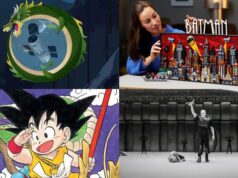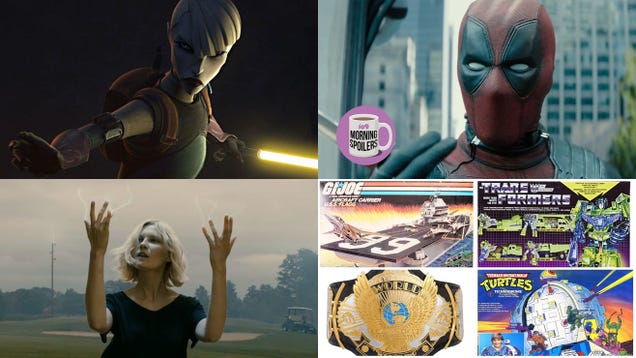
The Falcon and the Winter Soldier isn’t coming out next month. The CW’s DC shows won’t be back until next year. As the coronavirus pandemic continues onwards, studios have had to reckon with what shooting a superhero show in the age of social distancing even looks like. But we actually already have an example.
While Japan has done a considerably better job managing the outbreak of covid-19 than the United States—although cases are beginning to rise again in recent weeks—the virus’ spread as well as global attempts to mitigate it, through social distancing and the wearing of facemasks, has still had an impact on production in the country. One of its most charming superheroic exports, Super Sentai—the Toei series whose action footage is adapted into Power Rangers in the west—has been no exception.
The currently airing 44th season of the long-running franchise, Mashin Sentai Kiramager recently returned to TV after a month-and-a-half long hiatus period alongside its Superhero Time airing partner, Kamen Rider Zero-One. In late March, it had been revealed that Kiramager’s Rio Komiya (who plays the show’s red ranger, Juru Atsuta), had tested positive for the novel coronavirus, leading to reports—that the studio later denied—alleging that Toei had been forced to close its filming studios down for cleaning processes. The studio eventually had to anyway when Japan declared a state of emergency, with filming recommencing on Kiramager at the start of June. Now that the show’s been back a few weeks, we can already see just how measures introduced to stymie the spread of covid-19 have become both part of Kiramager’s story and the way it’s filmed.
G/O Media may get a commission
It affects the show in ways subtle and obvious. Now the extras playing hapless citizens menaced by the monsters—the armies of the villainous Dark Empire Yodonheim—are all mostly wearing facemasks as they’re saved by our heroes. The Blue Kiramager—Shiguru (played by Atomu Mizuishi)—is an actor outside his superhero career, and scenes of him filming in his day job now include handfuls of the crew in masks, encouraging social distancing behind the fictional camera. When the Kiramagers themselves are hanging out in their command center and out of their superhero costumes (convenient face-covering included, there!), they’re suddenly less close to each other, suitably spread out. Outside of these fairly logistical situations, it’s all seemingly starting to affect plots, too.
The past few episodes of Kiramager have spent less time with the team as a unit and more with them split up—sometimes to investigate something or a bit of divide and conquer fighting monsters of both the on-the-ground and city-scaled-giant variety. More often than not they’ve also been conveniently pairing off one of the group with the recently introduced sixth ranger, Kiramei Silver, so there’ll be one actor untransformed and another still in their superhero suit. Sure, it means these characters get to establish a connection to the newly-arrived hero, but still, it feels like a way to spend less time with six-plus people in close proximity for a scene. And even those scenes are shot in ways to reduce the number of people on-camera without masks as much as possible, with tight shots and framing to help keep actors, when they’re not fully-masked-up superhero stunt artists, away from each other as much as possible.
Even the villain’s schemes, as typically bonkers as they are, seem to have been presented in a way to reduce the number of people needed to film. The past two episodes, for example, have seen the monsters-of-the-week transform their victims into inanimate objects. This week, it was a marshmallow monster turning humans into marshmallows for his boss to eat. The week before, victims of a deadly game of Red Light, Green Light turned into tiny statuettes if they were caught. Delightfully silly villain plots aren’t exactly uncommon in something as earnestly goofy as Super Sentai, but still, they mean you need fewer people running around in fear as a monster growls at them when they’re conveniently transformed into tiny little objects.
It’s been a weird process to witness as Kiramager continues to roll out in the wake of its coronavirus-induced hiatus. In many ways, if you removed the sudden increase in face coverings on people (it’s not like they weren’t already commonplace in Japanese society before covid-19), it would still feel like any other season of Super Sentai. But in light of the world we live in, it’s impossible to escape all the ways the media we’re consuming made in this moment has been touched by the pandemic. When superhero shows and movies start ramping up production again in the future in the U.S., we’re likely to start seeing more drastic impacts within the scope and scale of the superhero media we’re accustomed to.
Maybe in the age of mandatory face coverings, it really is the Power Rangers’ time to shine.
For more, make sure you’re following us on our Instagram @io9dotcom.
Source: gizmodo.com








